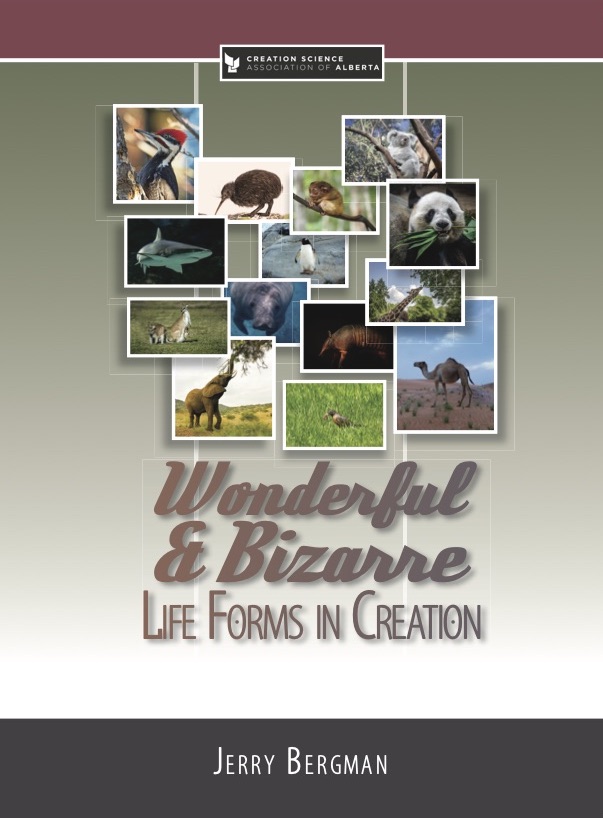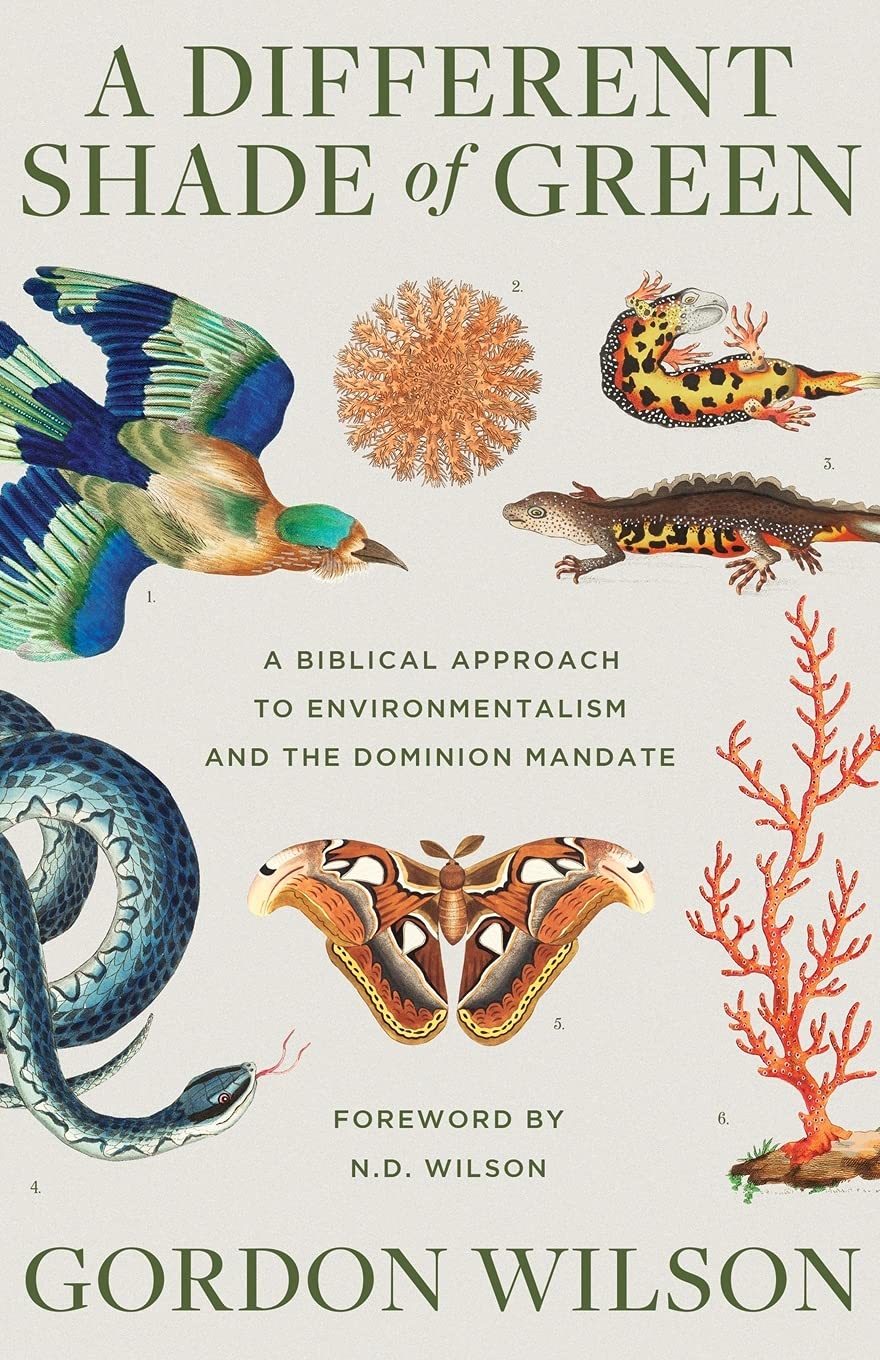When we walk outside, putter about the garden, or even splash in waves at the beach, we are making observations of nature whether we realize it or not.
In our backyard during the summer, for example, plump saucy robins take up residence and the male fights off all invader robins. The resident pair is displaying territoriality or the determination to defend their property against all other robins. Other bird species come and go, but our resident robins don’t care.
It is very interesting to see a robin pull a worm out from the soil. The worm tugs in one direction and the robin pulls in the other. The worm certainly does not give up easily. How did the robin find that worm in the first place? The ability to find appropriate food is a behaviour conferred on these and all other animals. It is so touching to see the adult robins fly back and forth with their beaks full of food for the demanding young robins. Such observations help us to appreciate the design features of each creature.
Sometimes it is a good idea to write down our observations. For example, other than the usual English sparrows, chickadees, robins, magpies and blue jays, occasionally some other birds appear. I have taken to writing down the date of these observations in our bird book. For example, I observed the beautiful little redbreasted nuthatch in our backyard on November 30/01; May 3/02; April 2/03; October 23/03; November 11/03; April 20/05 and October 19/05. Do you see a pattern here? A representative of this species appeared in late fall on November 30/01; October 23 and November 11/03 and October 19/05. Likewise such a bird appeared during spring, specifically May 3/02; April 2/03 and April 20/05. Obviously this species stops briefly in Edmonton as it flies north in the spring and south in the late fall. Wow! I just learned something about the migration of this beautiful little bird.
Migration, by the way, is another wonderful behaviour conferred upon birds to enable them to enjoy the rich conditions of the north in summer, but to avoid the chilling cold of winter.
It is sometimes fun to travel to new places to observe unfamiliar natural communities. In a large national park specially established to preserve the northern (boreal) forest in Saskatchewan, we hiked in a beautiful peat bog. The spongy lush yellowish green Sphagnum moss was everywhere there. This moss so changes the local environment that the soil and water become very acidic. Under these acid conditions, dead plant material builds up so much that people can sometimes mine old peat for fuel or to increase organic material in their gardens. Also the acidic conditions mean that important soil nutrients are basically unavailable to plant roots. This means that the plants which we see in bogs, are a very long-suffering lot. They are designed to make do with less. Among the interesting plant designs which we see in bogs, are plants which trap and digest insects. In this particular bog, the carnivorous plants included pitcher plants (famous as the provincial flower of Newfoundland.) It is interesting to reflect on the design features which allow carnivorous plants and a whole bunch of rare orchids to grow in bogs.
One does not have to travel to remote destinations however to observe wonderful designs in nature. One can start right at home with the design features of dandelions and other weeds. Remind me to talk about weeds some other time! They actually are wonderfully designed, which is why they are so successful. Why not make your own observations and enjoy your own creation adventure?
Moxie
December 2005
Subscribe to Dialogue







